Protein is the basic of life, it is a kind of big molecule, it is made up of amino acids with different forms: large peptide, small peptide (Oligopeptide), free amino acid.
From molecule point of view, the amino acid could be understanded as:
Single amino acid molecule is called free amino acid. it is the smallest molecule of amino acid. When 2 ~10 amino acid combines together, it is Oligopeptide, which generally being called small peptide. The molecular weight between 180 and 1000 Daltons. When amino acid more than 11 combine together, it is Polypeptide, which also be called peptide, or large peptide. the molecular weight between 1000 and 5000 Daltons. When amino acid more than 51 combine together, it is Protein. The molecule weight is more than 5000, which is too large to be absorbed by plants.


For crops, protein cannot be absorbed directly, it must be treated into peptides (molecule weight less than 3000DA) and free amino acids. Molecule weight under 3000 could be abstracted by plants. Peptides can be absorbed by plants, but the absorption is mainly small peptides, free amino acids, and parts of polypeptide. At present, Fish protein and Soy protein 95 are the most popular peptide fertilizer. with a good performance in rooting, green leaves and improving crop quality. they are mainly produced by enzymolysis technology, the whole process is soft, which had done the most to keep the nature nutrient still inside the material. meanwhile, with the help of enzymolysis technology, the amino acids have been showed in different forms. During the production process the protein molecule structure has been cut into poly peptide (molecule weight within 3000DA); oligo peptide (molecule weight within 1000DA), and free amino acid. With no chemical input during the whole process, they can be applied with organic certifications.
Free amino acid is the smallest molecule weighted material. With strong acid treating during the whole process, the smallest molecule weighted amino acid could be released out.
It is used as a plant nutrient or formula making during the whole agriculture farming actions, some free amino acids can play additional roles:
L-proline can reduce the effects of abiotic stress and speed up recovery time by strengthening the cell wall.
L-glycine and L-glutamic acid are the key components of chlorophyll production.
L-glycine and L-glutamate can chelate metal ion nutrients and promote plant absorption and entry into cells.
L-tryptophan is a precursor for auxin synthesis and is used for root growth and development.
L-methionine is a precursor of ethylene that promotes maturation.
L-arginine is a precursor of cytokinin production, which is involved in cell growth, axillary bud growth, and leaf senescence. High levels of various amino acids are required for pollination and fruit formation.
L-histidine helps to mature.
L-proline increased the fecundity of pollen.
L-lysine,
L-methionine and L-glutamic acid increased germination rate.
L-alanine, L-valine and L-leucine can improve fruit/grain quality.
See Resources in the table below for details:
|
Item |
Free Amino acid Accordingly |
Function |
Referenced Documents |
|
1 |
Alanine |
Viral resistance,Anti-Cold weather |
Zeier. 2013. Plant, Cell & Environ. 35:2085-2103. /Levitt. 2012. Science. Chilling, Freezing, and High Temperature Stresses. |
|
2 |
Tryptophan |
Auxin precursor |
Zhao. 2014. Arabidopsis Book 12:eO173 |
|
3 |
Glycine |
Chelating agent,Growth stimulation |
Souri. 2016. Open Agriculture 1:118-122.&Noroozlo et al. 2019. Open Agric. 4:164-172 |
|
4 |
Lysine |
Chelating agent |
Souri. 2016. Open Agriculture 1:118-122. |
|
5 |
Valine |
Auxin precursor |
Zhao. 2014. Arabidopsis Book 12:eO173 |
|
6 |
Arginine |
Cell division,Germination |
Winter et al. 2015. Front Plant Sci. 6:534.&Desmaison and Tixier. 1986. Plant Physiol. 81(2):692. |
|
7 |
Phenylalanine |
Woody tissue and lignin formation |
Bonner and Jensen. 1998. ACS Symposium. Chpt 2. |
|
8 |
Glutamine |
Chelating agent |
Souri. 2016. Open Agriculture 1:118-122. |
|
9 |
Asparagine |
Germination |
Desmaison and Tixier. 1986. Plant Physiol. 81(2):692. |
|
10 |
Cysteine |
Chelating agent |
Souri. 2016. Open Agriculture 1:118-122. |
|
11 |
Glutamine |
Growth stimulation |
Noroozlo et al. 2019. Open Agric. 4:164-172 |
|
12 |
Histidine |
Chelating agent |
Souri. 2016. Open Agriculture 1:118-122. |
|
13 |
Glutamic acid |
Chlorophyll precursor |
Gomez-Silva et al. 1985. Planta 165(1):12-22 |
|
14 |
Serine |
Auxin precursor |
Zhao. 2014. Arabidopsis Book 12:eO173 |
|
15 |
Hydroxyproline |
Plant development, pollen fertility,Anti-Stress |
Mattioli et al. 2018 BMC Plant Biol. 18(1):356&Hayat et al. 2012. Plant Signal Behav. 7(11): 1456-1466. |
|
16 |
Proline |
Plant development, pollen fertility,Anti-Stress |
Mattioli et al. 2018 BMC Plant Biol. 18(1):356&Hayat et al. 2012. Plant Signal Behav. 7(11): 1456-1466. |
|
17 |
Methionine |
Ethylene synthesis&Hormone precursor |
Hanson and Kende. 1976. Plant Physiol. 57:528-537. |
|
18 |
Tryptophan |
Hormone precursor |
https://6e.plantphys.net/app03.html |
According to scientists' study, different kinds of free amino acid have different kinds of functions on during the whole crop growing periods. some people directly to choose to use single free amino acid, such as glycine for directly using. but the effect with single amino acid would be "big discount", those amino acid should be used together, so that the best effect could be carried out.
According to different kinds of needs, there are 2 different kinds of free amino acid: Total Free Amino Acid 80% and Amino acid 50.
Post time: May-12-2017




